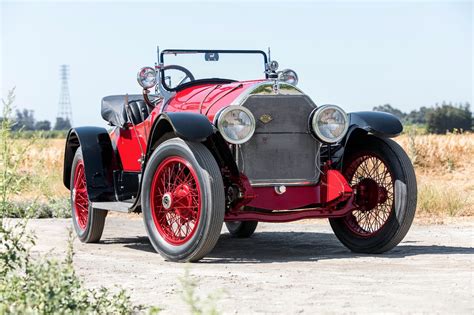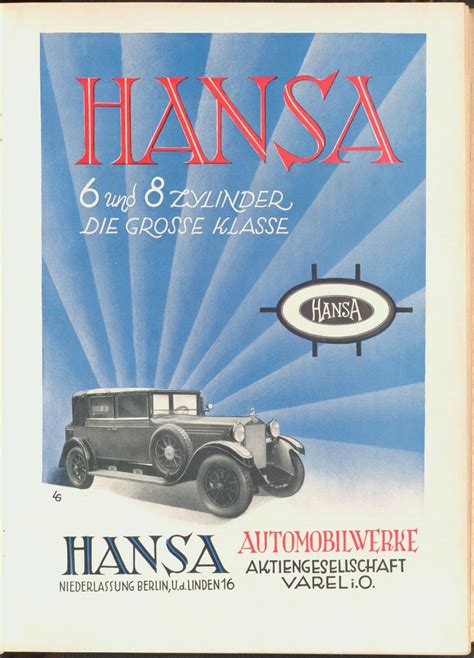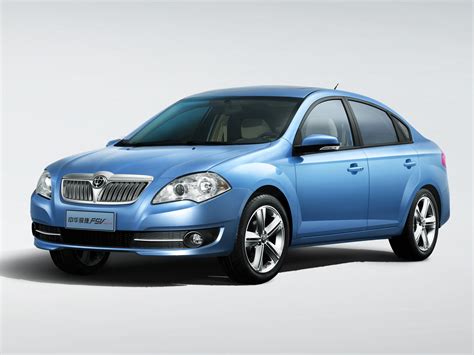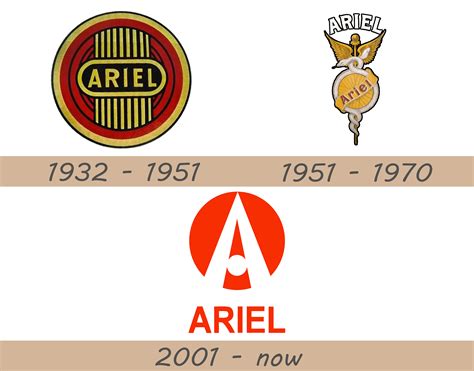Explore the foundation, evolution, impact, innovations, and global market expansion of Mitsubishi Motors. Learn about their pioneering role in the automotive industry.
Foundation of Mitsubishi Motors
Contents
Founded in 1870, Mitsubishi Motors has a long and storied history in the automotive industry. The company’s origins can be traced back to the establishment of a shipping firm by Yataro Iwasaki. Originally, the company focused on maritime transportation, but it later expanded into other sectors, including mining, shipbuilding, and banking. It wasn’t until 1917 that Mitsubishi Motors produced its first automobile, the Model A. This marked the beginning of the company’s foray into the automotive industry.
Under the leadership of Koyata Iwasaki, Mitsubishi Motors rapidly grew and gained recognition for its innovative car designs and production methods. The company’s commitment to quality and innovation set it apart from its competitors, and it quickly became a dominant force in the global automotive market.
Throughout its history, Mitsubishi Motors has weathered the challenges of economic downturns and global conflicts, emerging as a resilient and adaptive company. Its ability to evolve and diversify its product offerings has been a key factor in its longevity and success.
Today, Mitsubishi Motors continues to be a driving force in the automotive industry, known for its commitment to sustainable technology and forward-thinking design. The company’s legacy is one of innovation, resilience, and a relentless pursuit of excellence.
Evolution of Mitsubishi Car Designs
Since its foundation in 1917, Mitsubishi Motors has been at the forefront of automotive design and innovation. The evolution of Mitsubishi car designs can be traced through the decades, each era showcasing the company’s commitment to pushing the boundaries of automotive engineering and design.
The earliest Mitsubishi car designs were characterized by their simplicity and functionality. During the 1960s and 1970s, Mitsubishi introduced vehicles such as the Mitsubishi 500 and the iconic Mitsubishi Colt 600, which reflected the minimalist design trends of the time.
In the 1980s and 1990s, Mitsubishi experienced a shift towards more aerodynamic and futuristic designs, with models like the Mitsubishi Eclipse and the Mitsubishi 3000GT capturing the essence of the era’s design aesthetics.
In the 21st century, Mitsubishi has continued to innovate with environmentally friendly car designs, focusing on electric and hybrid vehicles. The Mitsubishi Outlander PHEV, for example, has garnered acclaim for its sleek and modern design, incorporating advanced technology and sustainable materials.
Overall, the evolution of Mitsubishi car designs reflects the company’s dedication to consistently elevating the standards of automotive design, while meeting the needs of the ever-evolving market.
Mitsubishi’s Impact on Automotive Industry
Mitsubishi has had a significant impact on the automotive industry since its inception. The company’s innovative and forward-thinking approach to car manufacturing has brought about several changes in the industry, setting new standards and paving the way for other manufacturers to follow suit. Mitsubishi’s commitment to producing high-quality, reliable vehicles has earned them a strong reputation and a loyal customer base.
One of the key areas where Mitsubishi has made a major impact is in the development of environmentally friendly and fuel-efficient vehicles. The company has been at the forefront of research and development in alternative fuel technologies, such as hybrid and electric vehicles. This commitment to sustainable and eco-friendly transportation has set Mitsubishi apart from many other car manufacturers, and has had a significant influence on the industry as a whole.
In addition to their focus on green technology, Mitsubishi has also been a pioneer in the development of advanced safety features for their vehicles. The company has introduced a range of innovative safety technologies, such as advanced airbag systems, collision avoidance systems, and lane departure warning systems. These features have not only improved the safety of Mitsubishi vehicles, but have also set new standards for safety across the automotive industry.
Furthermore, Mitsubishi’s global presence and expansion into new markets have had a profound impact on the automotive industry. The company’s ability to adapt to different market demands and consumer preferences has helped to shape the industry on a global scale. Mitsubishi’s success in international markets has inspired other manufacturers to think globally and expand their reach, contributing to the increasingly interconnected nature of the automotive industry.
Mitsubishi’s Innovations in Car Technology
When it comes to the innovations in car technology, Mitsubishi has been at the forefront of revolutionizing the automotive industry. From the early days of manufacturing to the present, the company has consistently introduced cutting-edge technology that has set new standards for the industry.
One of the notable technological advancements at Mitsubishi is the development of the MITSUBISHI MOTORS’ DIAMOND DOHC engines. These engines are designed to provide maximum fuel efficiency while delivering optimal performance. The company’s commitment to eco-friendly technology has resulted in the development of electric and hybrid vehicles, further demonstrating its dedication to sustainable mobility.
Mitsubishi has also made significant strides in the area of safety technology, with features such as the Reinforced Impact Safety Evolution (RISE) body construction and advanced driver assistance systems. These innovations have helped improve vehicle safety and have set new benchmarks for the automotive industry.
Furthermore, Mitsubishi has been a pioneer in the development of connected car technology, offering features such as smartphone integration, navigation systems, and in-vehicle connectivity. These advancements have transformed the driving experience, making vehicles more convenient and connected than ever before.
In summary, Mitsubishi’s innovations in car technology have significantly reshaped the automotive industry and continue to drive the company’s success in the global market.
Mitsubishi’s Global Market Expansion
Mitsubishi Motors has a long and storied history of expanding its presence in the global automotive market. Since its founding in 1970, the company has consistently sought to increase its reach and influence in key markets around the world. One of the key strategies behind their global market expansion has been the establishment of a strong network of dealerships and service centers in diverse regions, allowing them to efficiently cater to the needs of customers across different countries and continents.
In addition to its robust infrastructure, Mitsubishi has also been proactive in adapting its vehicle offerings to better suit the preferences and demands of various international markets. By carefully studying and understanding the unique preferences and requirements of different markets, the company has been able to develop and introduce vehicles that are specifically tailored to the needs of each region. This approach has allowed Mitsubishi to effectively compete with local and international competitors and steadily gain market share in diverse regions, including Asia, Europe, and the Americas.
Mitsubishi’s global market expansion has also been facilitated by its commitment to sustainability and innovation. The company has been at the forefront of developing and commercializing eco-friendly technologies and electric vehicle offerings, which has resonated with environmentally-conscious consumers worldwide. By positioning itself as a leader in sustainable mobility solutions, Mitsubishi has been able to differentiate itself in the global market and attract a significant customer base that values eco-friendly and energy-efficient vehicles.
Furthermore, Mitsubishi’s global market expansion has been supported by strategic partnerships and alliances with local and international players in the automotive industry. By collaborating with established companies and leveraging their expertise and resources, Mitsubishi has been able to gain entry into new markets and introduce its vehicles to a wider audience. These partnerships have also allowed the company to benefit from local knowledge and insights, helping them to better understand and address the specific needs of customers in different regions around the world.












